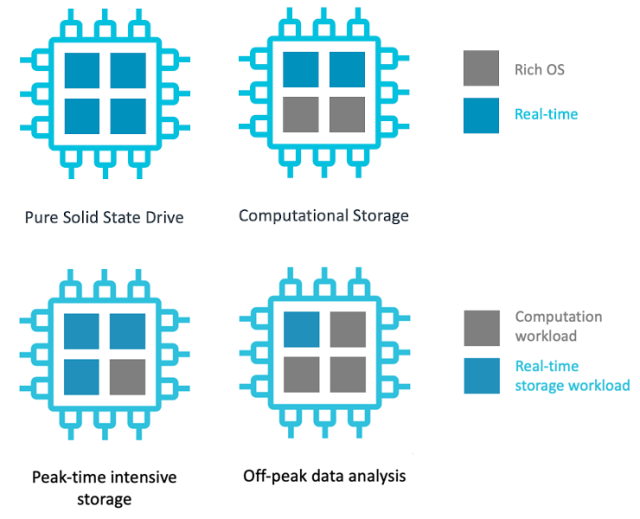Arm’s new Cortex-R82 is its first 64-bit real-time processor

Enlarge / The code in the background of this image is a bit too high-level for a typical RTOS... but it might run under Linux, on the MMU side of a Cortex-R82 real-time CPU. (credit: arm)
Last Friday, Arm announced the newest generation of its real-time processor series, the Cortex-R82. Most people are more familiar with the Cortex A-series of CPUs, which are used as the primary processors in devices such as smartphones and tablets, running full-fledged operating systems. The Cortex-R series, by contrast, is typically used for high-performance applications demanding "real-time" performance-meaning simple, predictable, and extremely low-latency response loops-in much simpler software stacks.
Earlier Cortex R-series processors weren't capable of running full-fledged modern operating systems, including Linux, because they utilized a simple Memory Protection Unit (MPU) rather than the more complex Memory Management Unit (MMU) needed to support functions such as virtual memory. This generally wasn't seen as a problem, since Real-Time Operating System (RTOS) workloads generally need to have much simpler, more predictable control loops.
Real-time versus multitasking
The Cortex-R82's cores can be dynamically assigned to either real-time or applications processing-the same device might have a different profile during the day than it does overnight. (credit: Arm)
The Cortex R-82 still offers a simple MPU, but it can be optionally configured with an MMU as well-and the CPU's cores can be individually, and dynamically, assigned to either. Arm's Neil Werdmuller hypothesizes storage controllers that might operate with different profiles during peak and off-peak hours, reassigning cores from real-time "pure SSD" duties to "computational storage"-likely meaning onboard AI analysis-as needed.
Read 4 remaining paragraphs | Comments